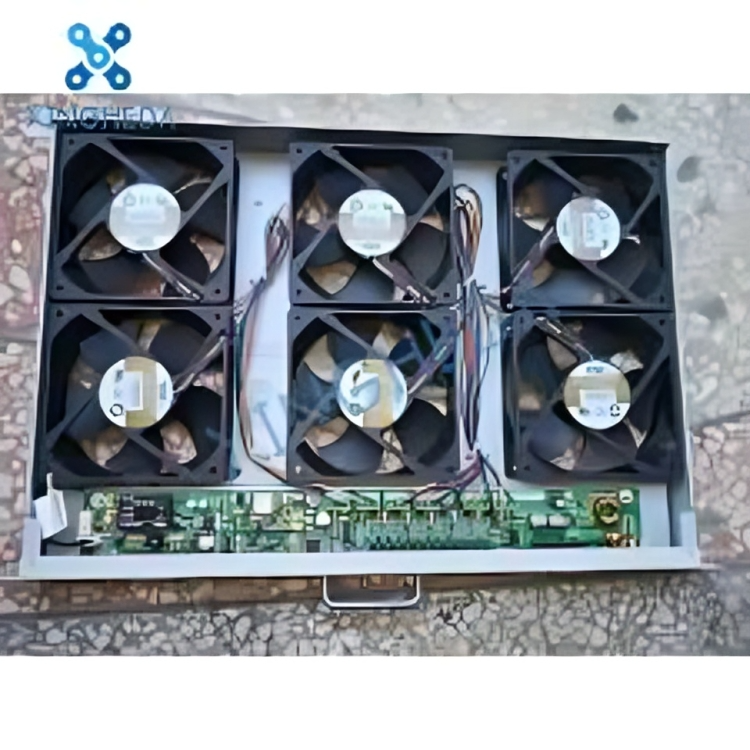When navigating the complexities of computer networking, one might encounter various terms and addresses that can be a bit bewildering. One such address is 127.0.0.1, often followed by a port number, such as 127.0.0.1:49342. This article aims to demystify what this address represents, its significance in networking, and how it is used in practical applications.
What is 127.0.0.1:49342?
The address 127.0.0.1:49342 is known as the localhost or loopback address. In networking, the loopback address is a special IP address that refers to the local computer itself. When a device communicates with 127.0.0.1, it is essentially sending messages to itself. This is particularly useful for testing and development purposes, as it allows developers to simulate network communications without requiring an external network connection.
Why Use 127.0.0.1:49342?
- Testing and Development: Developers often use 127.0.0.1:49342 to test web applications and software without needing to deploy them to a live server. This ensures that they can troubleshoot and debug in a controlled environment.
- Speed and Efficiency: Since the communication happens internally, it is typically faster than sending data over an external network. This speed can be crucial during development cycles when testing various iterations of software.
- Isolation: By using the localhost, developers can isolate their tests from external influences. This minimizes the risk of external factors affecting the outcomes of their tests.
What is Port 49342?
In networking, a port number is used to identify specific processes or services running on a computer. The combination of an IP address and a port number forms a unique identifier for a specific service.
Understanding Ports
- Well-Known Ports: These range from 0 to 1023 and are typically assigned to widely used protocols like HTTP (port 80), HTTPS (port 443), FTP (port 21), and more.
- Registered Ports: These range from 1024 to 49151 and are assigned to user or service applications that are not as common as those using well-known ports.
- Dynamic/Private Ports: These range from 49152 to 65535 and can be used by applications for private communication.
Port 49342 falls within the dynamic/private range. Applications can use this port number for custom services, testing, or to avoid conflicts with well-known and registered ports.
Common Uses of 127.0.0.1:49342
1. Local Web Development Servers
Many developers run local web servers to build and test web applications. A common setup involves running a web server like Apache or Nginx on localhost, often on ports like 80 or 8000. However, for more customized applications, developers might choose higher, unused ports like 49342.
For example, a developer working on a new application might configure their server to listen on 127.0.0.1:49342. When they access this address in their web browser, they can view and interact with their application directly.
2. Database Management
Databases often allow connections over localhost for security and performance reasons. If a database server, like MySQL or PostgreSQL, is configured to accept connections on 127.0.0.1:49342, developers can use this port for testing database queries and interactions without exposing the database to external networks.
3. API Testing
Developers working with APIs can also use localhost to simulate API calls. For example, if an API service is running on 127.0.0.1:49342, developers can send requests to this address to test their integration with the API. Tools like Postman or cURL can be used to send requests and analyze responses.
How to Use 127.0.0.1:49342
To use this address and port effectively, follow these steps:
Set Up a Local Server
- Choose a Server Software: Depending on your needs, select appropriate server software. For web development, consider using Apache, Nginx, or Node.js.
- Install the Server: Follow the installation instructions specific to the server software you chose.
- Configure the Server: Modify the configuration files to listen on 127.0.0.1:49342. This usually involves specifying the IP address and port in the server’s configuration settings.
Accessing the Local Server
- Open a Web Browser: Launch your preferred web browser.
- Enter the URL: Type
http://127.0.0.1:49342into the address bar and press Enter. - Interact with Your Application: If everything is set up correctly, you should see your application or service running. You can interact with it as if it were hosted on a remote server.
Testing API Endpoints
For testing APIs, use tools like Postman:
- Install Postman: Download and install Postman from its official website.
- Create a New Request: Select the type of request (GET, POST, etc.) you want to send.
- Enter the URL: Type
http://127.0.0.1:49342/api/your-endpoint(replace/api/your-endpointwith the actual endpoint you want to test). - Send the Request: Click on the “Send” button to execute the request and view the response.
Troubleshooting Common Issues
When working with localhost, you may encounter some issues. Here are common problems and how to resolve them:
1. Port Already in Use
If you receive an error stating that the port is already in use, another application may be occupying port 49342. You can either stop that application or choose a different port for your service.
2. Server Not Responding
If you cannot access your application at http://127.0.0.1:49342, ensure that your server is running. Check the server’s logs for any errors or misconfigurations.
3. Firewall Issues
Sometimes, firewall settings can block access to certain ports. Ensure that your firewall allows connections to 127.0.0.1:49342.
Conclusion
Understanding 127.0.0.1:49342 is essential for developers and anyone involved in networking. This address serves as a critical tool for testing and developing applications without needing external resources. By leveraging localhost, developers can work efficiently, isolate their work, and ensure that their applications function as intended before deployment.
Whether you’re setting up a local server, testing a database, or working with APIs, the localhost environment provides a versatile platform to enhance your development workflow. Embrace the power of localhost and make your development process smoother and more efficient.




